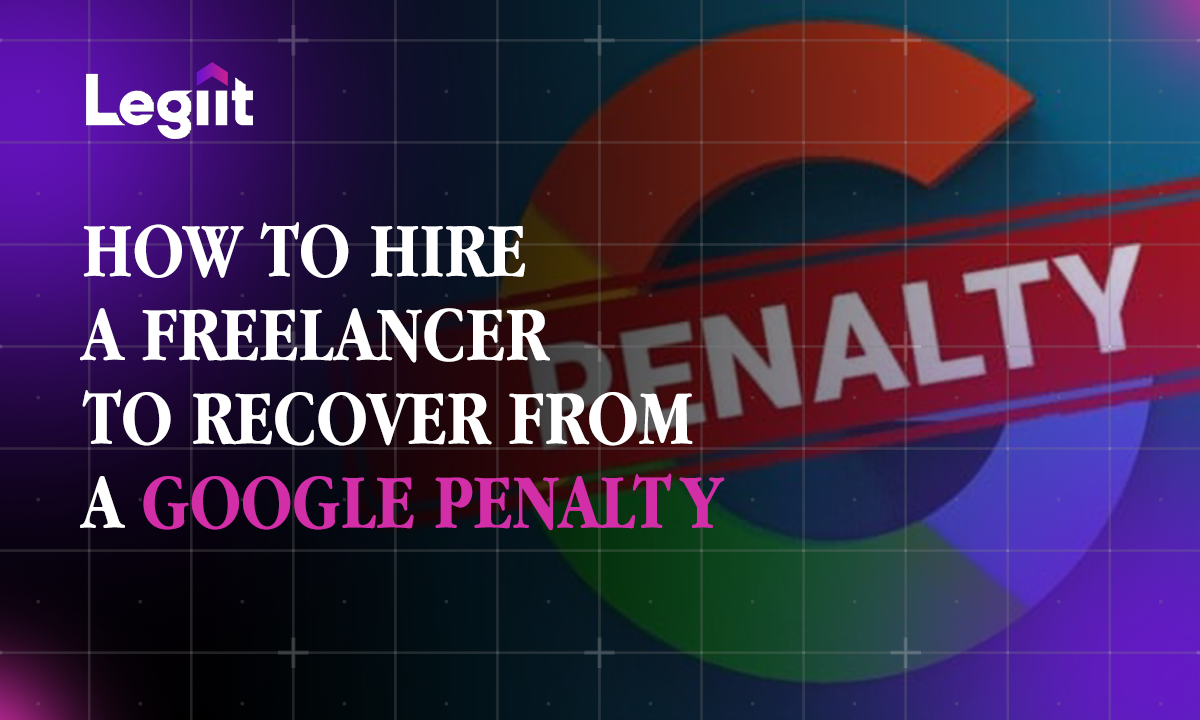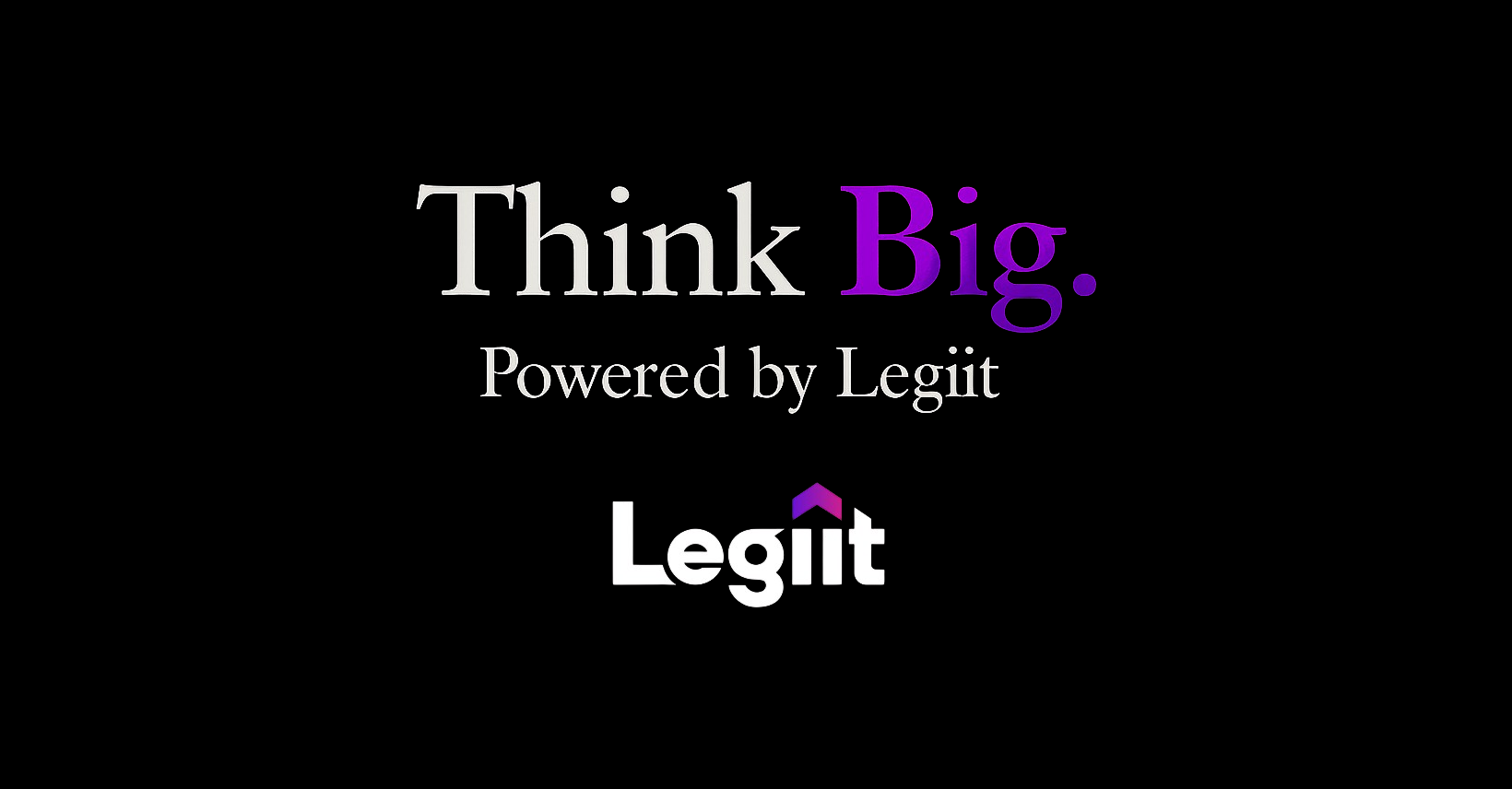Links that help promote your website or rank on search engines are worth your time and money.
Primarily, links enable users on your website to move from one page to another in search of information and services (if you have any).
So, if any of these links are broken can they do any of the above activities? Again, does this eventually impact the site's health and SEO?
And what are the reasons that make them broken links and how do you fix them?
Let's find out.
What is site health?
Site health is a website's general performance determined by its navigation, security, and optimization for search engines.
A healthy website allows users to access it and navigate through it easily. This improves a user's experience and promotes other factors related to it such as increased traffic, high conversion rates, increased sales, etc. It also makes it easy for Google to crawl and index the content on your web pages.
Site health issues are therefore factors that affect the performance of a website. They hinder SEO growth and deteriorate your website's performance.
Let's look at common site health issues and find out if broken links are part of it.
What are the Common site health issues?
Site health issues can either be technical or content-related.
Technical SEO issues are based on the optimization of a website's architecture for search engines to improve its performance.
For example,
- Site Structure
- Site Speed
- Internal links etc.
Content issues are brought about by the type of content you put on your website, that is, its quality, relevance, freshness, etc.
Let’s look at this in more detail.
Technical SEO-related site issues
#1. Broken links
Broken links are linked pages to your website that do not function properly or lead to any page at all. This can occur due to a spelling mistake in the link, the page being deleted, or a change in the URL of the web page.
When a link is broken a user cannot find or access the intended page. This can lead to a negative effect on the performance of your website. Your organic ranking will decrease due to an increase in your website's bounce rate.
Broken links often present themselves in various codes upon clicking.
- Code: 401 Unauthorised - This means the page is either outdated or there's a misspelling in the URL.
- Code: 403 Forbidden - This means the page is blocked and cannot be accessed.
- Code: 404 Not Found - This means the page is deleted or no longer exists
Tools such as Google Console and the Legiit dashboard can help you identify broken links on your website.
The impact of broken links can be severe so, fixing broken links should be your next step.
#2. Poor Site Speed
Site speed is among the most important elements that affect the performance of a website. Site speed is affected by the size of images on a page, too many redirects, or using shared web host servers.
The loading speed of a website is what a user comes into contact with before anything else on your website. This makes it easier to lose them than for any other reason.
A website with a high-loading page speed is considered to be healthy while a slow site speed is considered as a poor-performing page.
This is owed to the fact that users will not hesitate to abandon a slow-loading website which in turn increases its bounce rate.
#3. Poor Site Structure
A site structure is the appearance of a website that allows a user to navigate and access the content on your website.
No one wants to visit your website and struggle to find your menu bar or your contact information.
So organising your website structure in a way that users can scroll through and find what they're looking for will encourage them to spend more time on your website as opposed to leaving the minute they arrive.
This is a good sign to Google which shows that your website has something people need therefore making it worthy to rank high on search engines for more users to find it.
A poor site structure does the opposite. It repels users and even makes it difficult for Google to crawl and evaluate your website.
Since Google highly values a user's experience, it will penalize your website for ranking low on search engine results pages making it lose organic traffic and have low conversion rates.
#4. Mobile Unfriendliness
It has become more convenient to perform tasks, browse, and even do business through a mobile phone.
So the chances of users accessing your website through their phones is high. A website that is only made to accommodate desktop users will flop big time.
Making your website mobile-friendly by adjusting the button size, increasing the font size, and compressing images to fit in a mobile view will improve its usability and make it more reliable to a majority of people.
Impact of site health issues on SEO
SEO breathes life into a website. Without the best strategies to optimize it and align it with search engine regulations and preferences, your site is dead on arrival.
Most regulations and preferences, especially those of Google, revolve around its users and their satisfaction.
If a website receives a lot of visits and an increase in the time spent on it due to quality content or any other valid reason, Google interprets it as a sign that your website is worthy. It will therefore increase your website's ranking on serps.
Now, a website with site health issues, that steer it against search engine regulations can affect its SEO.
How exactly do these site health issues affect SEO?
Let's see.
Impact of broken links as a site health issue
#1 Low search engine ranking
In whatever niche you are in, your goal as a website owner should be to rank first on the search engine results page.
A website that has relevant content, an organized and simple structure, and a high loading speed is likely to take up that spot.
However, a website that has not been optimized for search engines and has a myriad of broken links cannot achieve such results. This means that fewer people will see the website leading to a decrease in organic traffic.
#2 Poor User Experience
Poor user experience is brought about by a user's dissatisfaction with your website's content, or structure.
If a user cannot move through your website with ease, and get the information they need, they will not hesitate to leave for the next available one.
A poor user experience is likely to chase users from your website and increase its bounce rate. And as we know a high bounce rate translates to a low ranking on SERPs.
#3 Decreased authority and credibility
Low-level ranking on the SERPs coupled with poor user experience is a disaster to your authority and credibility.
A website with site health issues such as poor quality, a complicated structure, and slow loading speed can reduce its authority and credibility making it rank lower on SERPs and in severe cases receive penalties from Google.
With such problems affecting your website, how do you resolve them?
How to solve site health issues
Having a regular check-up of your website can help you identify factors affecting its performance which will allow you to maintain a healthy website.
You can use tools such as Legiit GMSD Dashboard and Semrush’s Site Audit tool, which looks at your website's on-page and technical SEO status, crawlability, loading speed, and mobile friendliness.
The good thing about the Legiit GMSD Dashboard though is that you don’t need to be an expert to resolve this issue. After analyzing your site health, the dashboard recommends top technical SEO experts to help you resolve the issues.
Solving the impact of broken links
#1 Improve site loading speed
Factors such as too many pop-up ads, bulk images, bulk content, and shared hosting servers can slow down your site speed.
To solve this, reduce the number of pop-up ads, compress bulky images to reduce their size, opt for a private host server, and cut down unnecessary content or break them down to two pages with different URLs, in this case, internal backlinks would come in handy.
#2 Use high-quality content
High-quality content means content that offers value to its readers. It has to be precise, and detailed with in-depth information relevant to the topic and answer the reader's questions.
Keeping your content fresh and up to date will also contribute to improving your site's health. Not only does it make readers come back for more it also makes you a reliable source within your niche.
#3 Fix broken links
The first thing to do before fixing broken links is to identify them.
You can use tools such as the Legiit dashboard which will perform a website audit and show you all the internal and external links that need fixing—if they’re live or not.
After that, you have three options to pick from.
i. Remove the link. This works when the page of the broken link no longer exists or it is not reliable anymore.
ii. Redirect the link. For a link that led to important pages such as a product catalog or sales page, removing the link could be inconvenient. Instead, redirect it to a different link where the page is up to date.
iii. Update the link. If your link is broken due to a misspelling, changing it to the right one will be ideal for this.
Fixing broken links can be time-consuming and sometimes overwhelming but it helps you maintain a healthy website and improve its performance.
If it's too much for you, you can hire SEO experts on our website who will ease the burden and help you sort out this site health issue.
Final Thoughts
Yes, the impact of broken links can affect your site's health and SEO. It is one of the many site health issues that can cost you your website.
Though it is inevitable, it is also fixable.
Fixing broken links shouldn’t be a hard task if you care for your website so do a regular checkup on your website to evaluate the problem and fix it before more damage affects your site performance.















 Download
Download